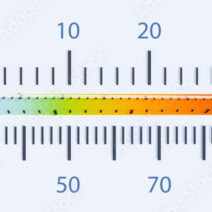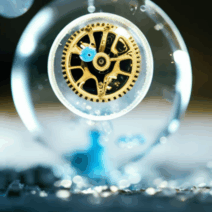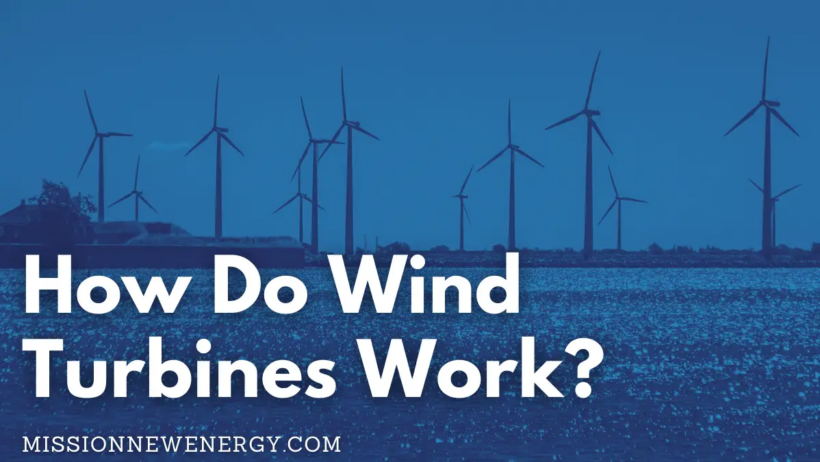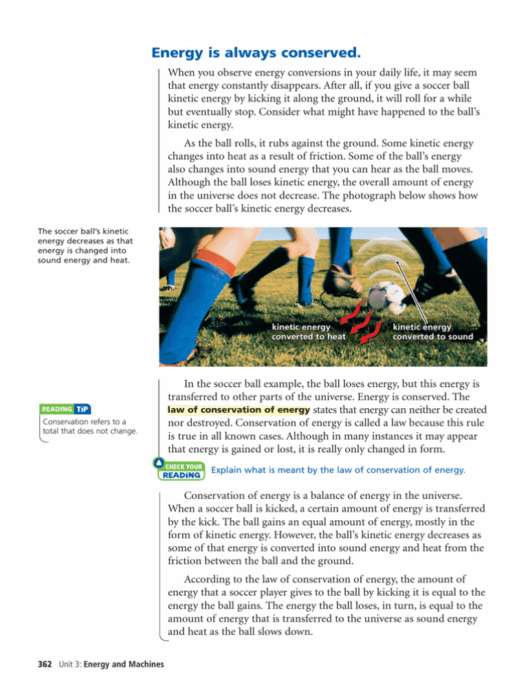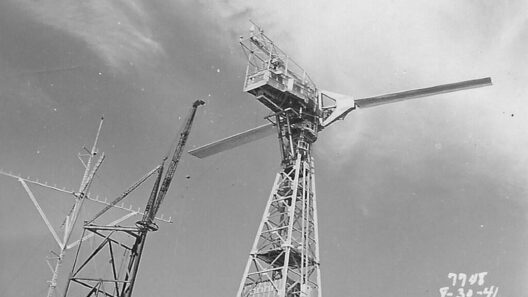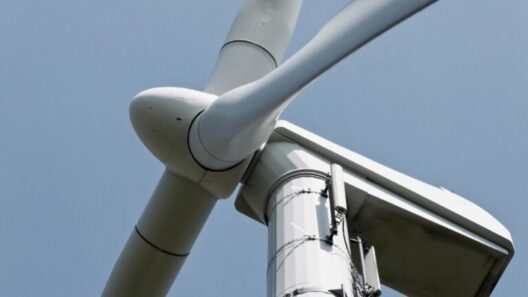Wind turbines, towering figures in the landscape, harness the invisible force of the wind, translating its kinetic energy into a tangible power source. Their energy output, however, is not a straightforward measure. This article endeavors to peel back the layers of complexity and elucidate how much energy a wind turbine can truly produce.
The output of wind turbines can be compared to a symphony, orchestrated by nature’s variable winds. Each note played – or in this case, each kilowatt-hour generated – relies on a multitude of factors. The interplay between turbine design, wind speed, and environmental conditions creates a dynamic equilibrium where energy production fluctuates but also flourishes.
Understanding the energy output of wind turbines begins with the core concept of capacity factor. This metric, akin to a musician’s rhythm, informs us how much energy a turbine can produce relative to its maximum potential. For most modern turbines, the capacity factor typically ranges from 35% to 50%. This means they generate energy for approximately one-third to one-half of the time at their maximum rated output. The implications of this range are significant as it defines what energy consumers can truly expect from these green energy giants.
Wind turbines generally have capacities ranging from 1.5 MW to over 10 MW, with the most common size hovering around 3 MW. To contextualize this output, consider that a 3 MW wind turbine could provide electricity for around 2,000 homes on average, assuming optimal wind conditions. When the wind is blowing steadily, these turbines can churn out remarkable quantities of power. However, during lulls or storms, output can wane. Therefore, while one may envision a roaring output akin to a rushing river, the reality is more akin to a gentle breeze that can occasionally swell into an impressive gust.
Understanding the Drivers of Energy Production in Wind Turbines
To fully appreciate how much energy a wind turbine can produce, it is essential to grasp the various factors influencing its energy output. The design of the turbine plays a pivotal role. Newer models often boast larger rotor diameters and enhanced efficiency, capturing more wind energy. The height of the tower also matters; turbines situated at greater altitudes can exploit stronger winds than their shorter counterparts, significantly impacting energy generation potential.
Wind speed, akin to the tempo of an orchestra, is perhaps the most critical determinant of energy output. The power generated by a wind turbine increases exponentially with wind speed. For instance, a turbine might produce around 1 MW at wind speeds of 13 miles per hour but could escalate to over 2 MW at 24 miles per hour. This relationship underscores the reliance on consistent wind patterns. Regions with steady winds, like coastal areas or open plains, become the ideal orchestras for these energy producers.
Contrarily, the unpredictability of wind can be compared to a conductor’s erratic baton. The variability of wind strength leads to fluctuations in energy output that necessitate robust energy storage solutions and grid management to ensure a reliable power supply. In regions where wind energy predominates, energy storage systems complement turbines, akin to backup musicians ready to harmonize when the lead falters.
The Environmental and Economic Impact of Wind Energy
Examining the energy output of wind turbines extends beyond mere kilowatts and into the realm of environmental stewardship and economic viability. Wind energy is one of the cleanest forms of power generation, producing minimal carbon emissions and significantly reducing the ecological footprint compared to fossil fuel-based sources. Each kilowatt-hour generated is a step towards a healthier planet, drawing a vast contrast between extracting energy from the earth and harnessing the atmosphere.
Economically, the growth of wind energy has brought forth job opportunities in manufacturing, installation, and maintenance. It has catalyzed investments into local economies, transforming them into green energy hubs. As the global emphasis on sustainability intensifies, the demand for wind energy only expands. The U.S. alone has seen a massive increase in installed wind capacity, composed prominently of various-sized turbines, each contributing to both local and national energy demands.
Conclusion: The Future of Wind Power
As we peer into the horizon of energy generation, the role of wind turbines becomes increasingly significant. Their ability to generate vast amounts of clean energy is breathtaking. Yet, understanding their output entails recognizing the intricate dance between design, environmental conditions, and energetic resources. With wind energy poised to play a central role in our transition towards sustainable energy systems, the symphony of wind power is far from reaching its crescendo.
In summary, wind turbines are not just mechanical structures; they embody the confluence of technology and nature. Their energy production, rich with variables and largely dependent on external conditions, is an intricate tale worth telling. As technological advancements continue to develop, the future of wind energy promises an exhilarating array of potential, paving the way towards a more sustainable world.
